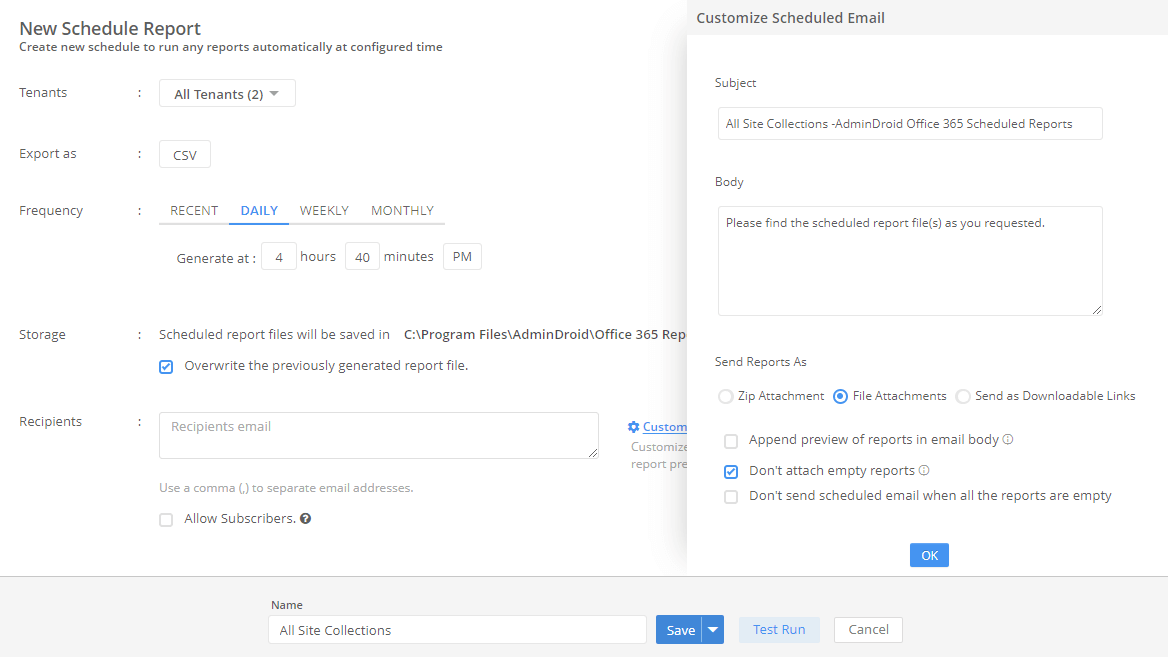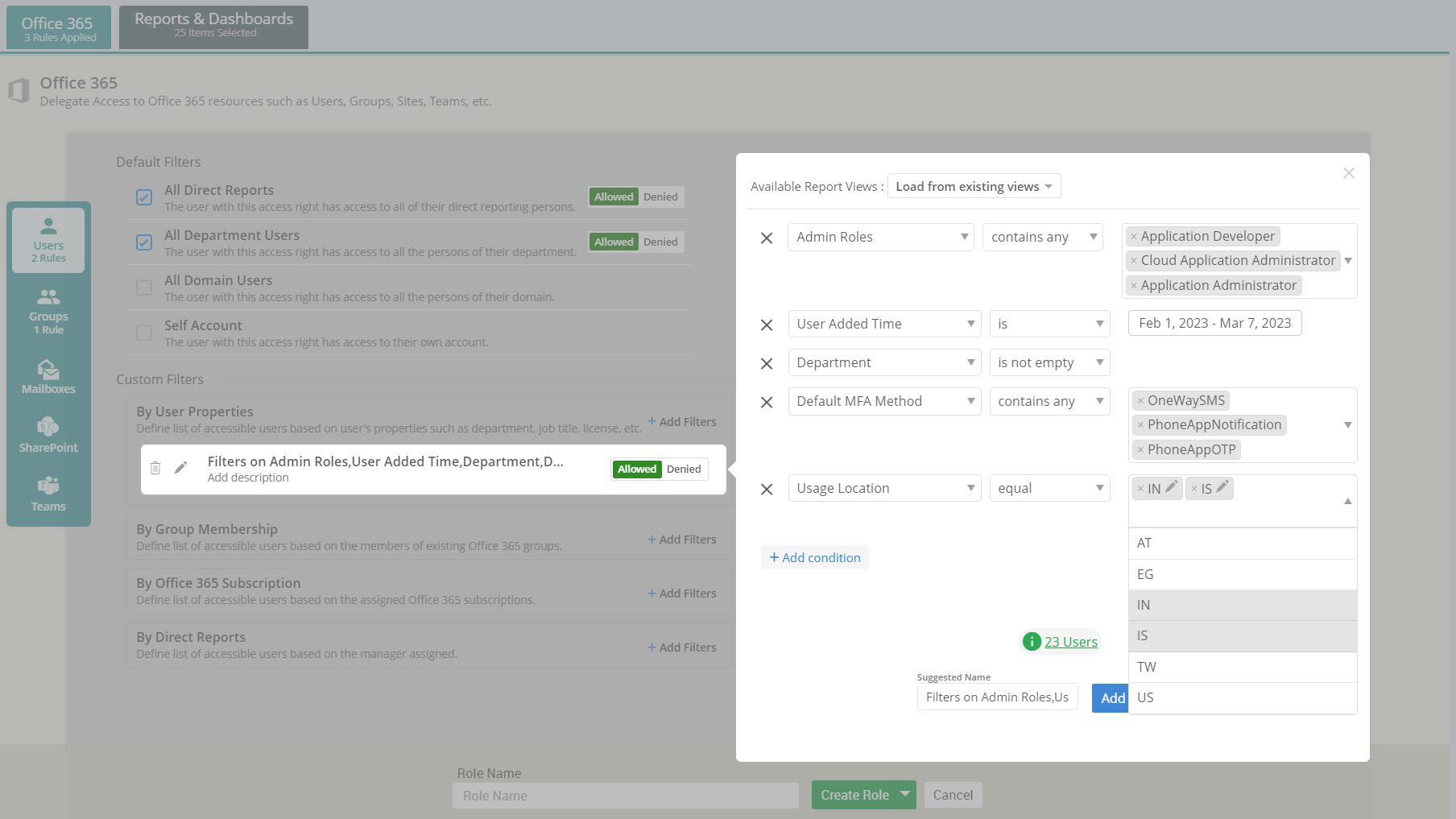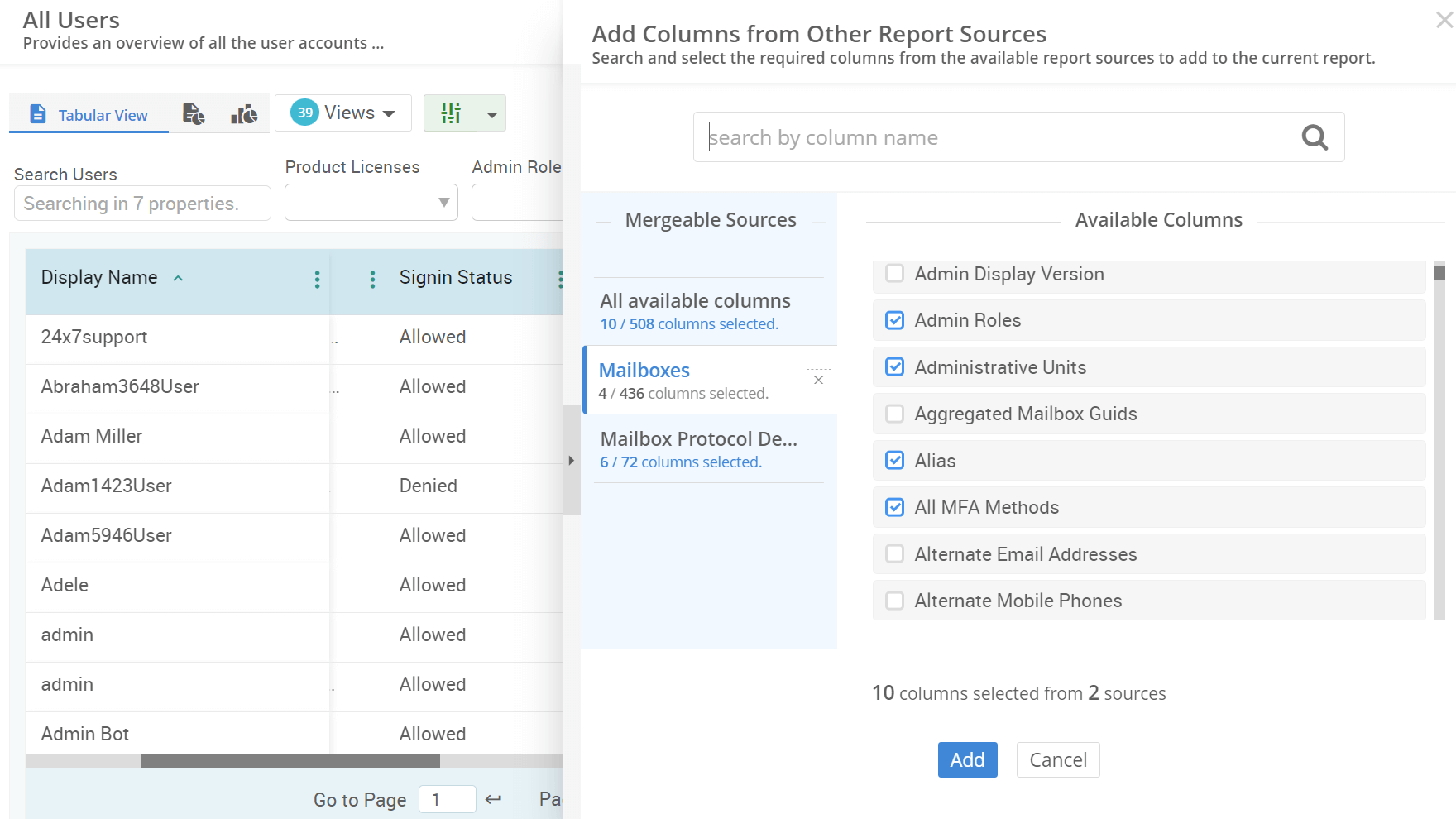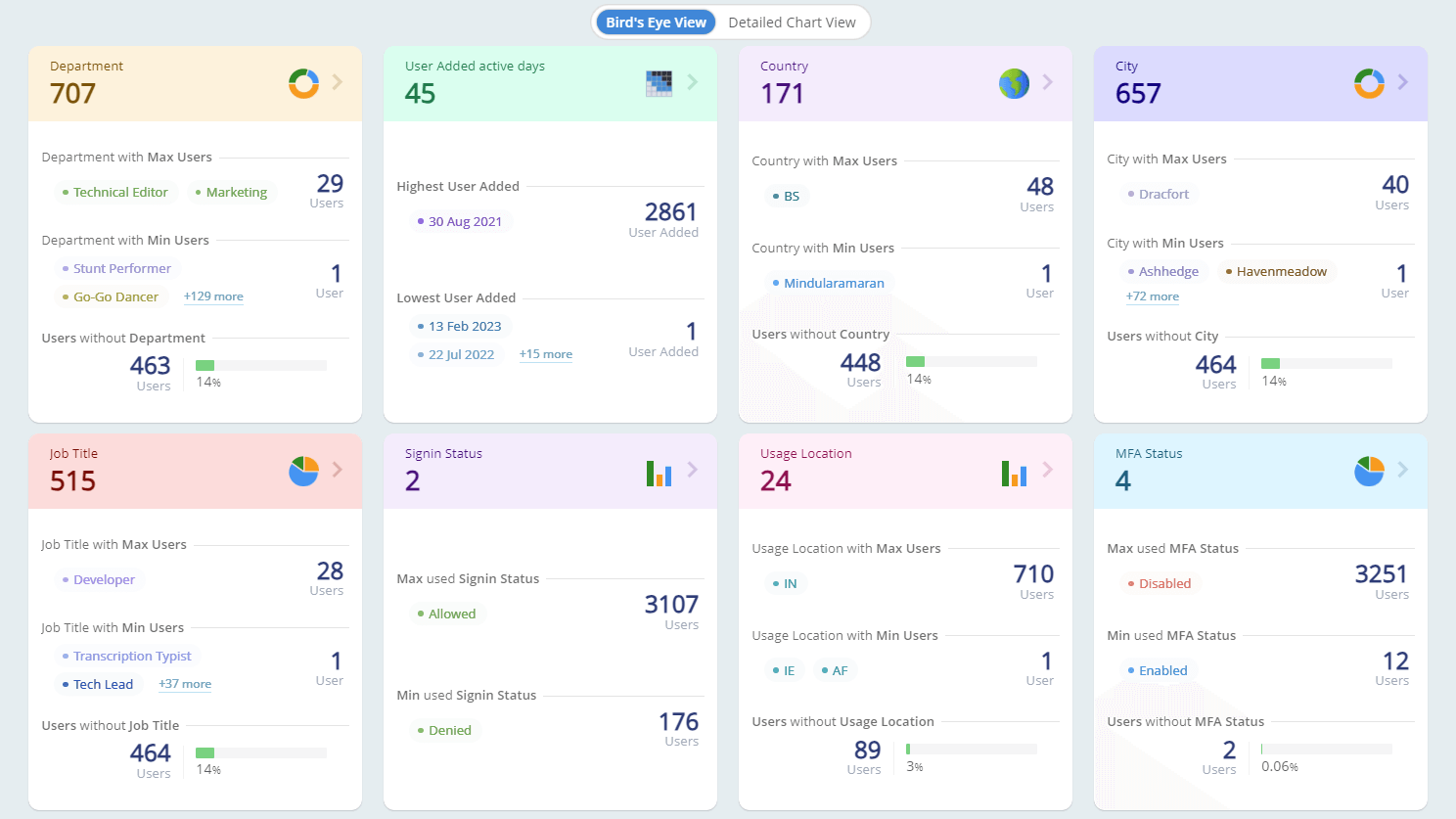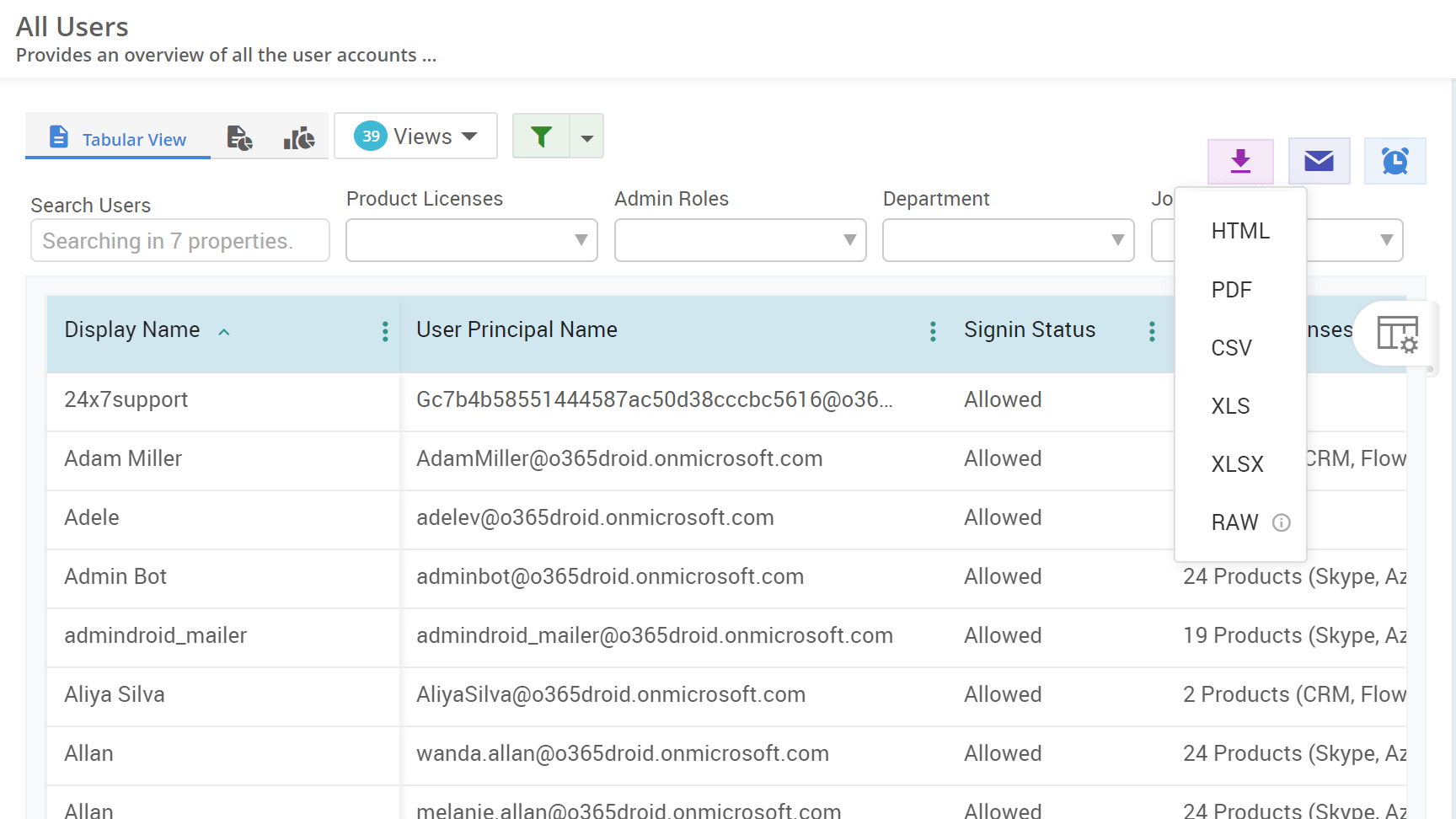How to Get List of Exchange Online Mailboxes in Microsoft 365
Exchange Online mailboxes are more than just email containers; they're crucial hubs of sensitive data and confidential communication. However, managing bulk mailboxes can be daunting for Microsoft 365 admins. No worries! We'll show you how to easily get Exchange Online mailbox reports for robust and effective management of mailboxes. So, get ready to transform your mailbox monitoring with ease and confidence.











